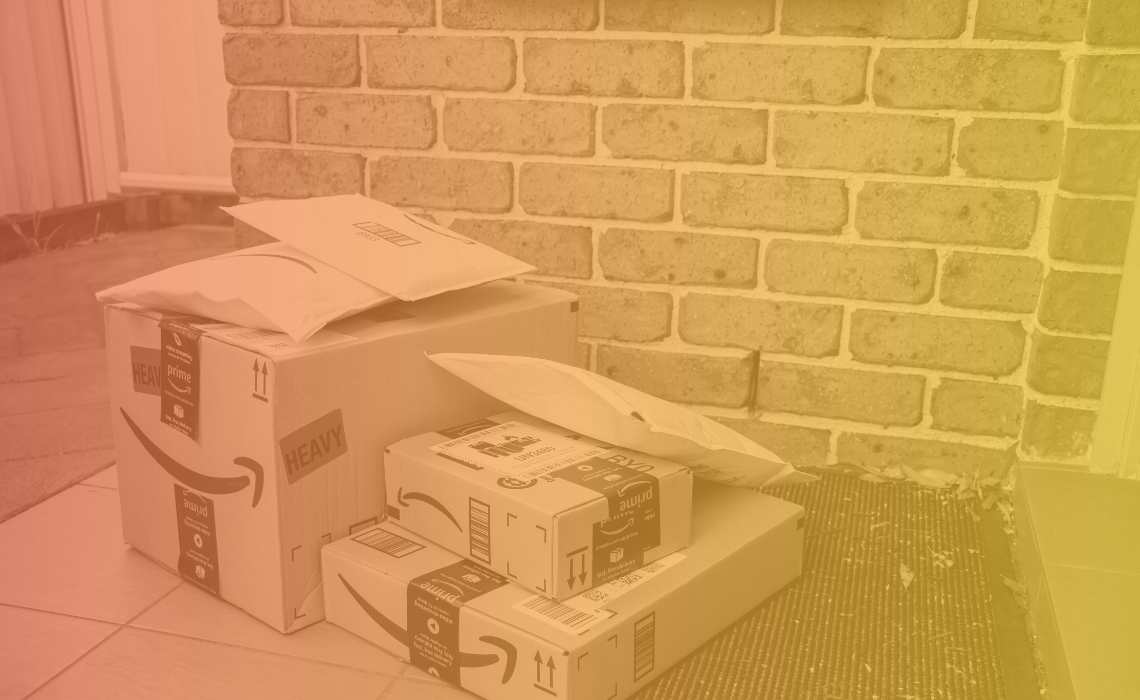Choosing The Doctor
Why Business Needs Design Thinking
Innovative companies meet new challenges by answering the right questions. Just as doctors reach the top of their fields following a well-worn path, most executives are bound by cultural norms of solving a problem and implementing its solution in the shortest amount of time. The doctor that treats the most patients is the most “successful.” This combination of mindset and process got them to the top of an organization and an industry.
But once in a leadership position, an executive cannot solve the company’s problems alone and must trust their leadership team’s judgment and empower them to act with autonomy. How does one shift from execution to delegation when the stakes are so high?
The First Secret to an Innovative Mindset
From our client work, here are examples of companies facing existential threats to their core businesses:
- Declining revenue in a core product targeting or a declining demographic.
- Increased costs due to supplier shortages and supply chain disruptions
- Investing in new technologies no longer delivers profit margin growth.
In each of these examples, the first secret to an innovative mindset is having the courage to adopt a traveler’s mindset. This is based on gathering new information to ensure we’re asking the right questions. I remember landing in Istanbul with signs not written in English, conversations were in Turkish, and prices that required a bit of calculation to convert. All of my senses went into overdrive gathering, deciphering, and processing this new information. The same is true when organizations begin their design thinking journey. Whether escaping our comfort zone through traveling abroad or volunteering with a nonprofit closer to home, it’s hard to maintain your orthodoxies when we approach the world with curiosity and empathy.
This traveler’s mindset, which we call ethnography, reveals a broader set of inputs impacting the problem space, including conflicting values and priorities among stakeholders. We call these situations, “wicked problems,” and as a result of this shared understanding, the real challenge is understood to be multiple layers beneath the initial mandate. Building upon the examples from our clients’ challenges outlined earlier, we found:
- Culturally diverse, digitally-native customers expect messaging with a social conscience and experiences influenced by non-majority lived experiences
- Increased costs are the result of just-in-time supply chains optimized to the decimal point, which decreases flexibility to meet changes in customer demands
- Investing in new manufacturing equipment that offers diminishing returns takes resources from exploring and revolutionary technologies to sustain long-term growth
One of our data center clients equated the value of defining the problem space to the first phase of a construction project, preparing the site. After grading the land, managing the stormwater, and running utilities, the site is ready for a stable foundation. In design thinking, our site prep is asking the right questions to properly frame the opportunity.
With the wicked problem defined, it’s natural for executives to feel the need to defend their current strategies and jump to the “quick fix.” However, without a human-centered approach, leadership risks creating negative system-wide implications by advancing the wrong solution. But for long-term growth, we guide our clients to pursue solutions that challenge the industry’s orthodoxies to create blue ocean opportunities.
How Design Thinking Connects to your Business
The second secret to an innovative mindset that unlocks lasting innovation: successful companies that produce game-changing products and services are built around 1.) a common mindset and shared language, and 2.) a repeatable, scalable process built over multiple repetitions across the entire company. Years of “innovation theater,” have falsely set the expectation that innovation strategy can be designed and executed with what we already know in two-day offsite workshops. In reality, innovation requires a continuous investment of time, people, and resources.
Businesses need customers for revenue; however, rarely do the end-users’ needs lead an organization’s decision-making processes. Design thinking addresses this as a structured critical thinking methodology that focuses on users and their needs then co-creates solutions.
For example, by practicing empathy for your customers, showing curiosity for their needs, and a willingness to creatively design solutions, your employees will naturally adopt deep and authentic levels of diversity and practice radical collaboration to unlock opportunities that drive innovation.
Google rightly states that their first billion users do not represent the lived experiences of their next billion users. This north star makes reimagining the definition of “stakeholders” imperative and is a north star that can rally an organization behind an authentic diversity and inclusion strategy.
Design thinking is a stuffy label for something that we have been doing for a long time, practicing for centuries: empathy towards our fellow humans. This is why we believe design thinking is the engine of innovation and vital for all businesses facing both perceived and real disruption.
Summary
Like a doctor first understanding the patient’s symptoms or a construction company preparing land for building, design thinking has applications across a wide range of industries to understand your users and their needs and identify opportunities to create change and accelerate growth. And, yours is likely included.
Tell us a long-held industry orthodoxy that you wish to challenge. We’ll help you reframe the opportunity space, ideate disruptive innovations, and prototype minimum viable products to explore new verticals and industries for your company’s future growth.



